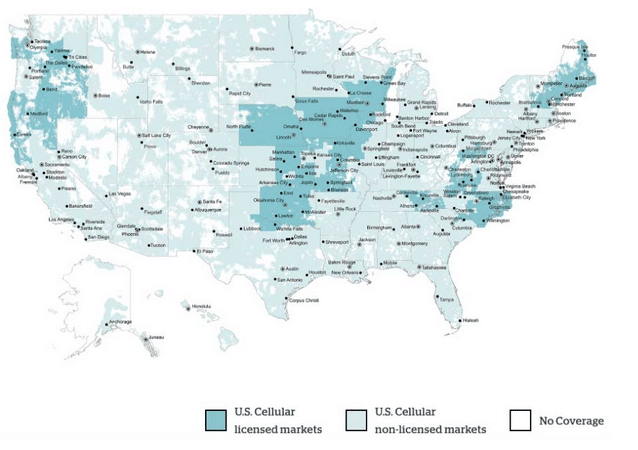Yesterday, T-Mobile shared a press release announcing deals the company is about to launch. Starting July 24, T-Mobile will offer four lines on its Essentials plan for $25 per line each month. The Essentials plan is the most basic of T-Mobile’s postpaid unlimited plans.
Customers making use of T-Mobile’s deal on the Essentials plan will have the option to take advantage of a second promotion on the Samsung Galaxy A71 5G:1
Bragging
At the beginning of its press release, T-Mobile brags about how unbelievable the upcoming deal will be:
T-Mobile brags again a bit later:
And then again:
Despite T-Mobile’s claims, this isn’t the first time we’ve seen postpaid unlimited plans at this price point. Sprint previously offered its Unlimited Kickstart plan for $25 per line.
Note how the caveat word “postpaid” shows up in each of T-Mobile’s boasts. Prepaid brands Visible and Cricket offer four lines for $100. Other prepaid carriers have offered similar deals in the past. Unlike T-Mobile, both Visible and Cricket include taxes in the $100 list price of their four-line plans.
No high-priority data
Postpaid plans tend to have features that prepaid plans do not. Notably, postpaid service is likely to come with high-priority data during congestion. While T-Mobile’s Essentials plan is postpaid, it does not include high-priority data.
T-Mobile’s statements are a bit disingenuous. It’s strange for the company to brag about how the upcoming deal will involve postpaid service while neglecting to mention that a major feature people associate with postpaid service is missing.















